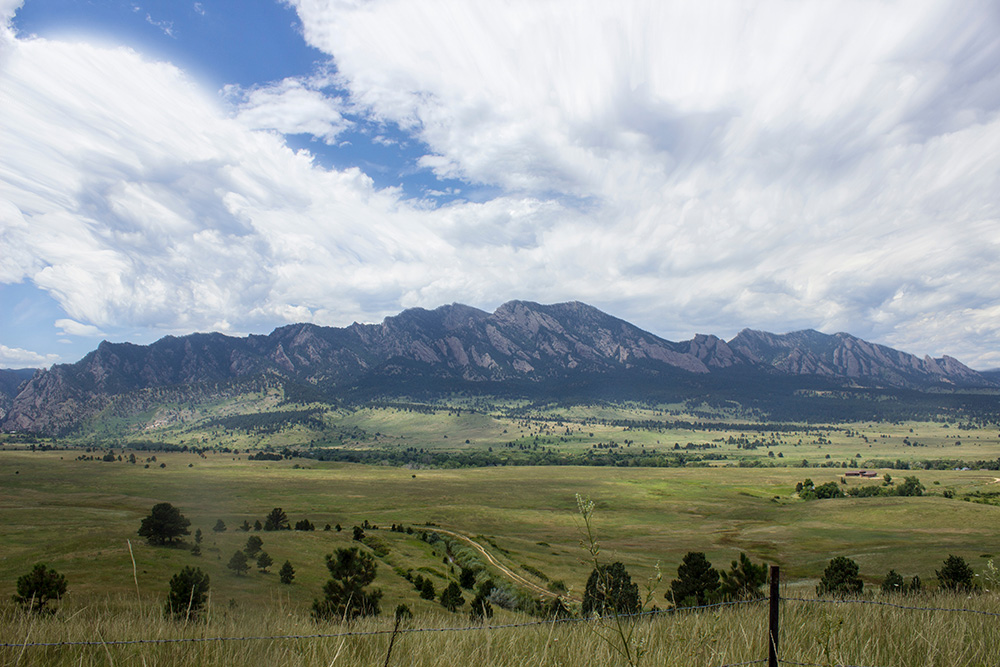This week an important new book on ‘The State of Open Data: Histories and Horizons’ was launched by IDRC and African Minds. The book takes stock of a decade of progress on open data around the world, and across a range of different sectors, and includes a chapter on Open Data and Land Ownership written by Tim Davies and Sumandro Chattapadhyay. In this post, co-author Tim Davies shares some of the key messages from the chapter.
Land Data in 2019
A decade ago, discussions of open government data were all about portals and platforms. Today, the conversation has shifted. Open data forms part of a much broader landscape of data creation and use within government, private sector and civil society, where concerns about privacy, data literacy and potential uses and abuses of open data through Algorithms and AI have been brought to the fore. Across sectors from agriculture to extractives , distinctive open data practices have emerged, and so it’s a fitting time to ask how open data ideas have been received in the field of land governance.
In the Open Data and Land Ownership chapter we explore the state of open data through four lenses:
- Land cadastres and registers
- Land deal datasets
- Land use data and
- Land governance
Across these we find a mixed picture. The availability of land ownership and land deal data is particularly patchy. While some countries have published cadasters, registers and ownership data, or details of land transactions, many others still lack of the robust digital infrastructures needed to provide access to data. Even where data exists, governments have sought to find a balance between full open data publication, and partial publication - either by providing detailed ownership data under restrictive licenses, as in New Zealand, or by providing access only to some class of ownership data, such as the publication of corporate owned land ownership in the UK.
These nuanced approaches to open data should not, however, be dismissed as falling short of some open data ideal. They respond to real challenges and tensions and there is clear evidence that the land governance community has carefully considered how to strike a balance between maximising openness and protecting privacy and community rights. When frameworks are developed and applied in ways that recognise the very real power dynamics around land data, they can help promote a move towards ‘open by default’, without leading to reckless publication of data that endangers individuals or communities. Similarly, we find that in some areas there is growing understanding that open data can be about more than a one-way flow of data from governments, and instead, can be used as a means to empower citizens to create and publish data about their land ownership. In this there can be opportunities to shift the balance of power, and to create records that can be used to support citizens in cases of contested land claims.
Ultimately, as we conclude in the chapter:
“political struggles over the collection, curation, and release of data are now part and parcel of political struggles related to land ownership and use.”
Responding to this will require work to support marginalised groups in those struggles, and this calls for action from a wider range of actors.
Although land governance challenges generally play out at the local level, we do note the surprising absence of a global initiative to increase understanding and oversight of the ways in which government land is used or disposed of: particularly in light of the global movement for open contracting in government procurement which has established a clear model for tackling corruption and misuse of public resources through shifting norms and providing open standards for data disclosure. We explain:
Data on government land deals is of particular interest; however, there appears, at present, to be few coordinated calls for its proactive publication.
The questions of coordinated action also comes up for land use data. Although a number of projects have been able to make the most of remote sensed satellite data, and crowdsourced content from platforms like OpenStreetMap, a full understanding of land use often benefits from layering this with government registers (e.g. a mining cadastre, or information on forestry licenses). However, publication of this data varies widely from country to country. There may be opportunities in future for the land governance community to develop resources like the Open Up Guide for Anti-corruption, or Climate Data, to describe and document the different datasets that governments might be expected to provide, to encourage greater standardisation, and to support monitoring of progress towards greater openness of land use information.
All in all, we suggest three areas for action:
- (1) continued work to understand and create the conditions under which marginalised and disadvantaged groups are empowered to access and use data on land ownership to secure their property claims, to seek justice, and to address corruption;
- (2) donors and governments investing in the technical infrastructures for land governance should be incorporating open data terms into all their project plans, funding agreements, and contracts (this links to recommendations in the multilateral organisations stakeholder chapter; and
- (3) better baseline and monitoring data on current levels of openness around the world for cadastre, land registry, and land deal data
Throughout the chapter are examples that show when land data is made available in responsible and thoughtful ways, and when it is connected with data on company ownership, agricultural practices, or Indigenous rights, it can generate substantial value through investigative journalism, community action and academic research. The challenge for the decade ahead is to make sure such responsible land data practice becomes less the exception, and more of the norm.

